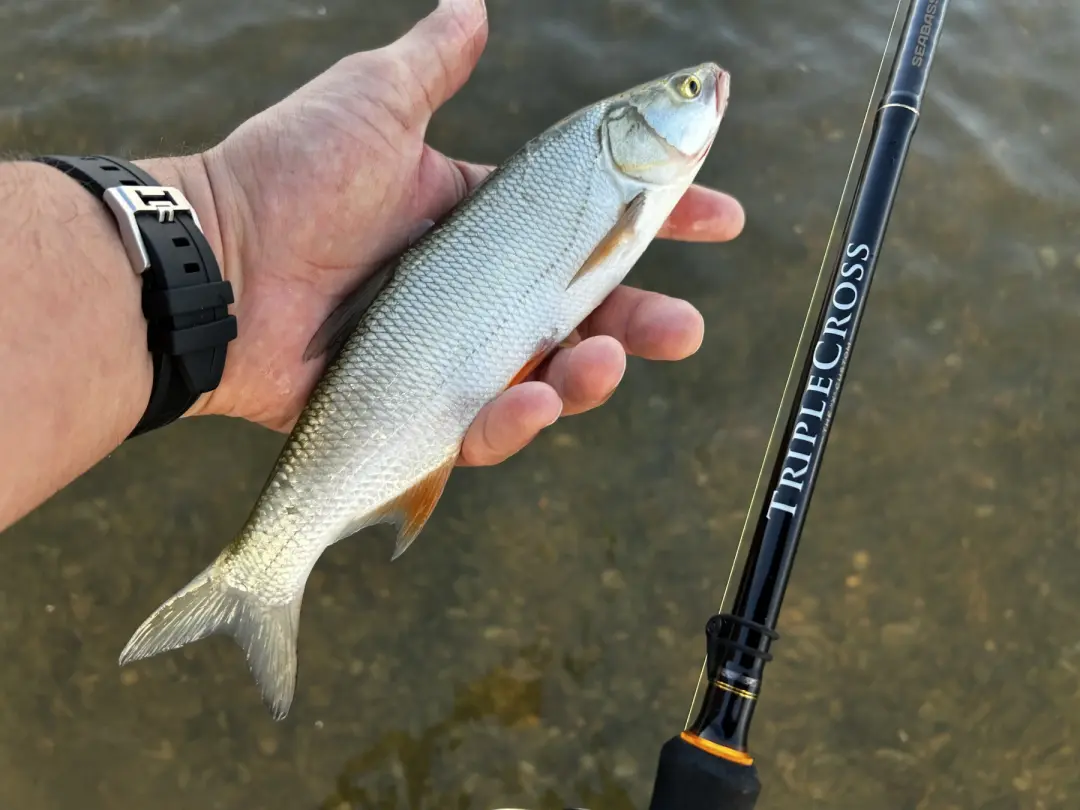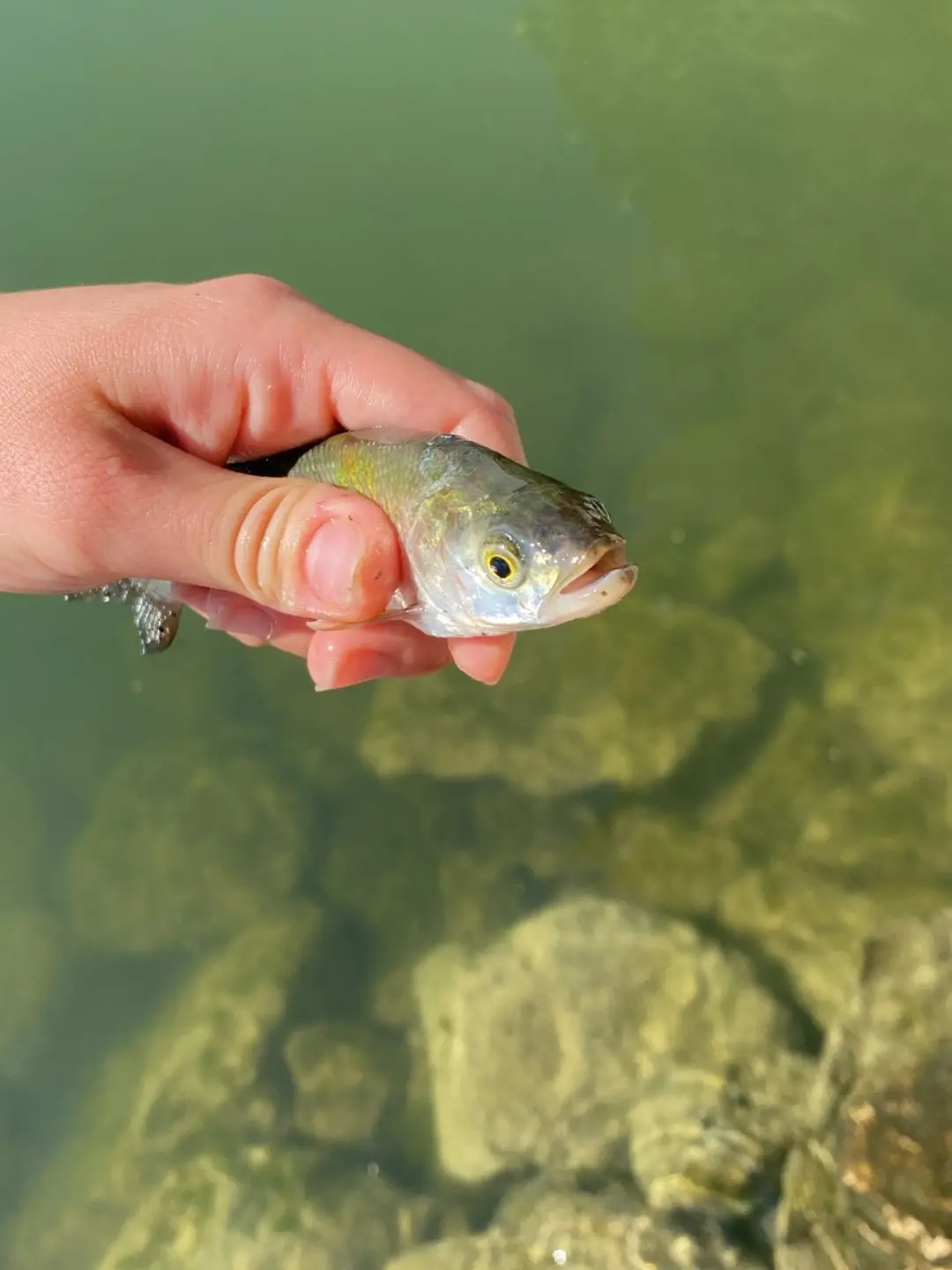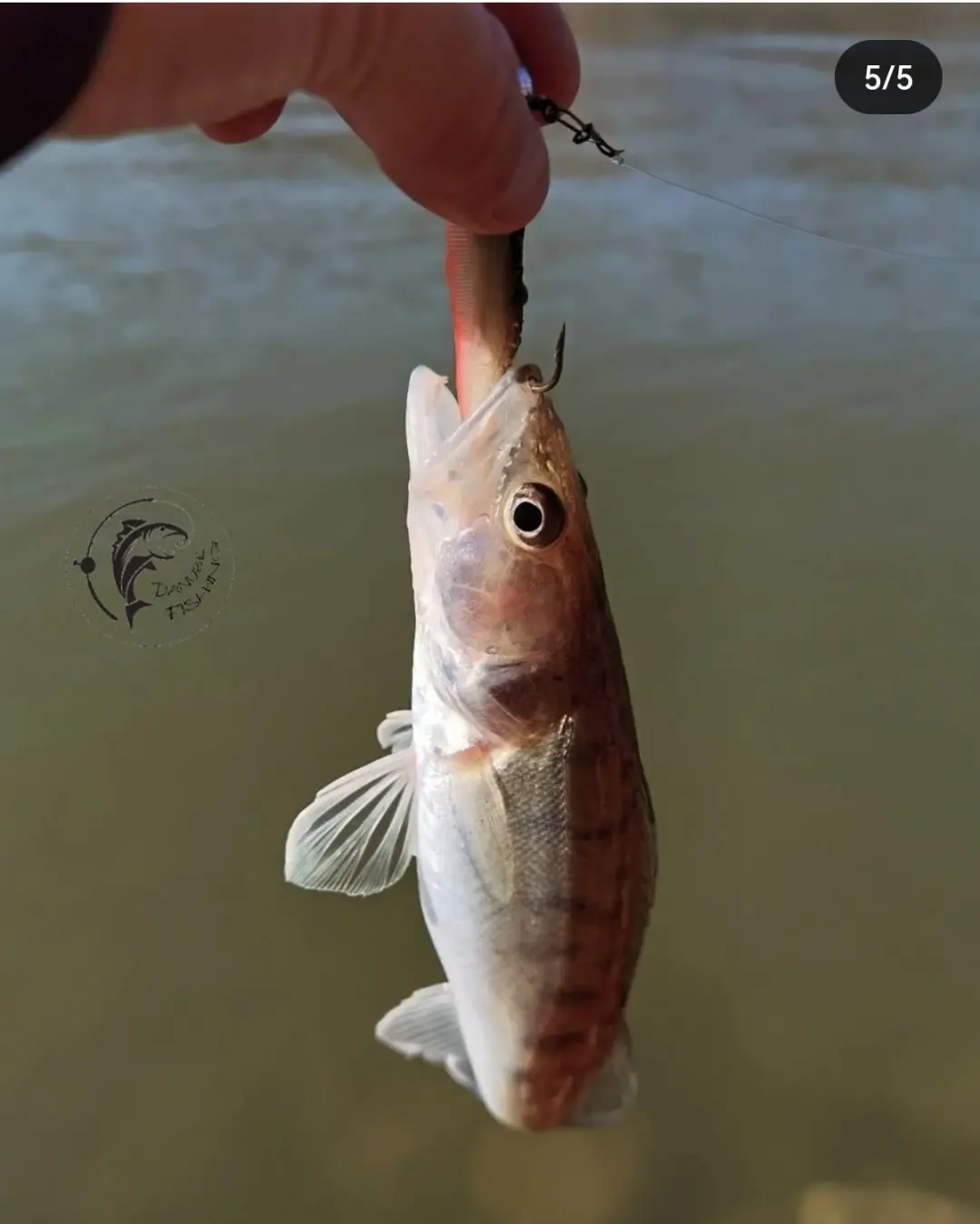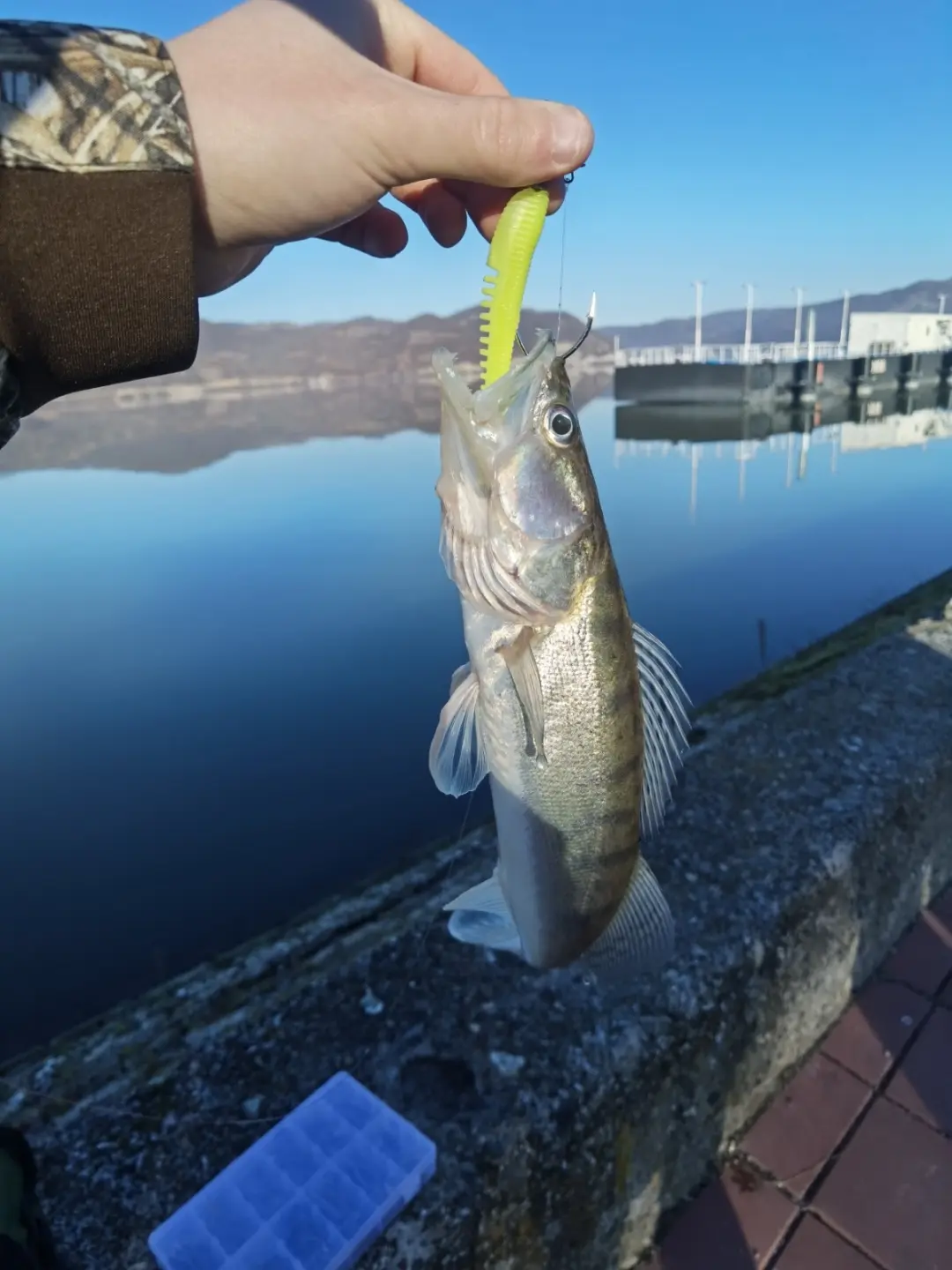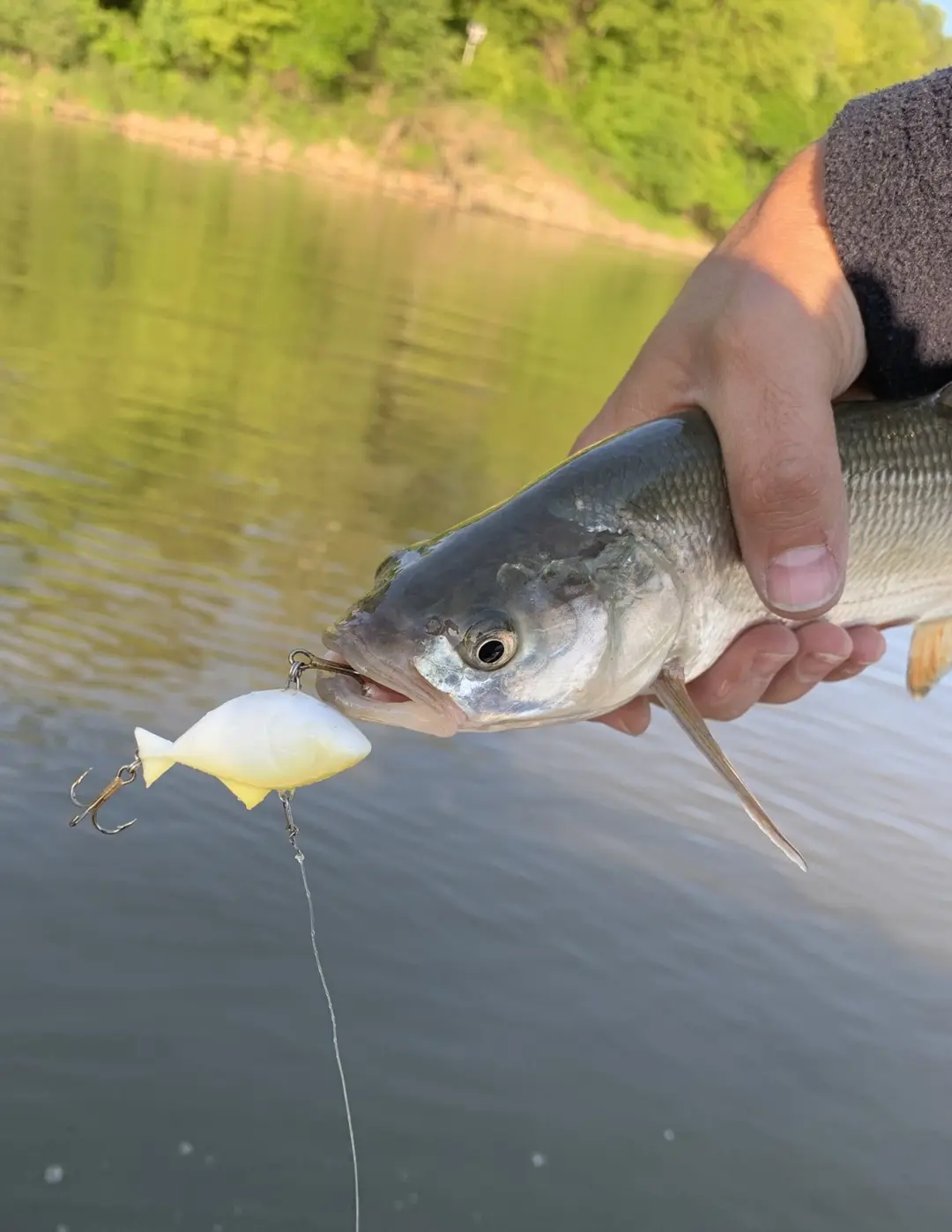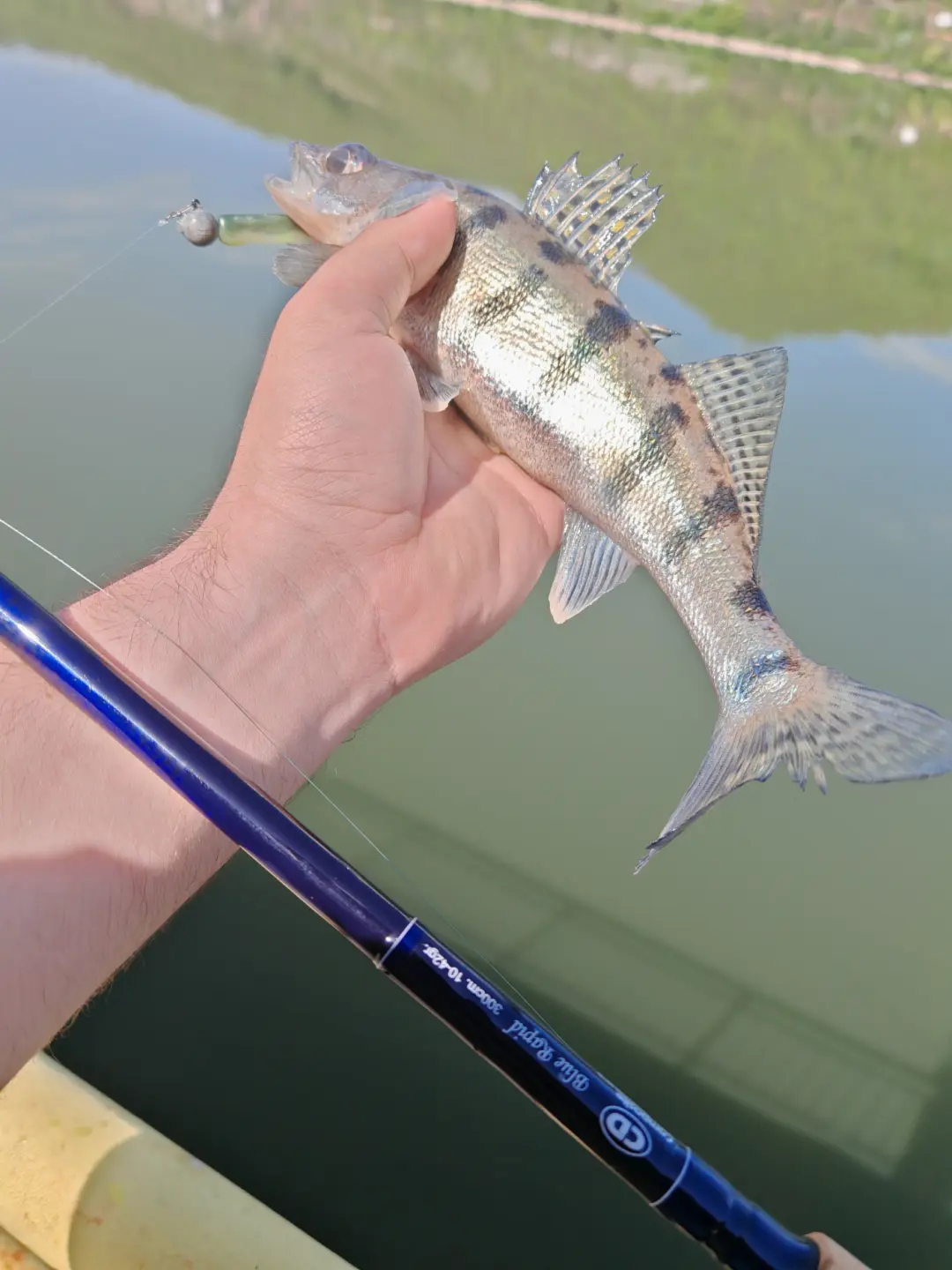Danube

General data
- Name: Danube
- Basin: Black sea
- Water type: River
- Progression: Black sea -> Mediterranean Sea -> Atlantic Ocean -> Planet Earth
- Climates: Temperate, Continental, Mountain
- Continents: Europe
- Countries: Austria, Bulgaria, Croatia, Germany, Hungary, Moldova, Romania, Serbia, Slovakia, Ukraine
Description
The Danube is the second-longest river in Europe, after the Volga in Russia. It flows through much of Central and Southeastern Europe, from the Black Forest into the Black Sea. Its longest headstream Breg rises in Furtwangen in Schwarzwald, while the river carries its name from its source confluence in Donaueschingen onwards. The Danube was once a long-standing frontier of the Roman Empire and today is the river running through the largest number of countries in the world (10; the Nile is second with 9). Originating in Germany, the Danube flows southeast for 2,850 km (1,770 mi), passing through or bordering Austria, Slovakia, Hungary, Croatia, Serbia, Romania, Bulgaria, Moldova, and Ukraine before draining into the Black Sea. Its drainage basin extends into nine more countries. The largest cities on the river are Vienna, Budapest, Belgrade, and Bratislava, all of which are the capitals of their respective countries.





